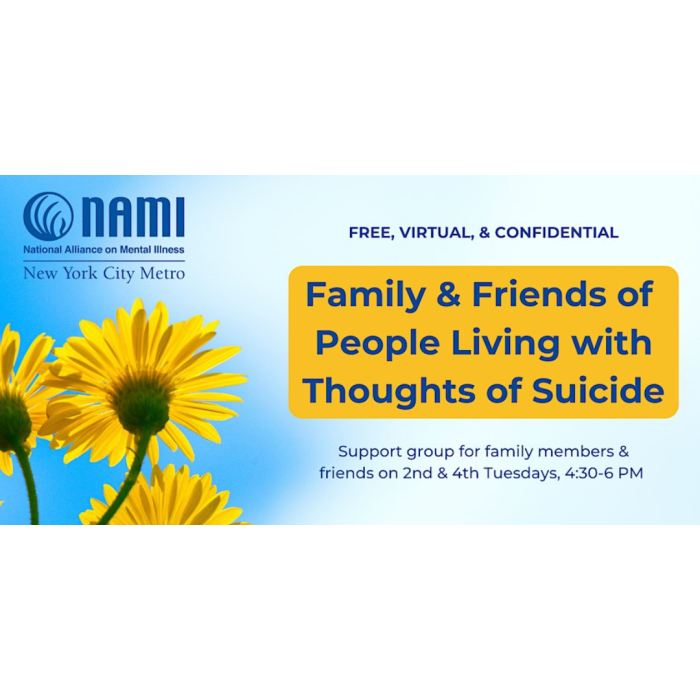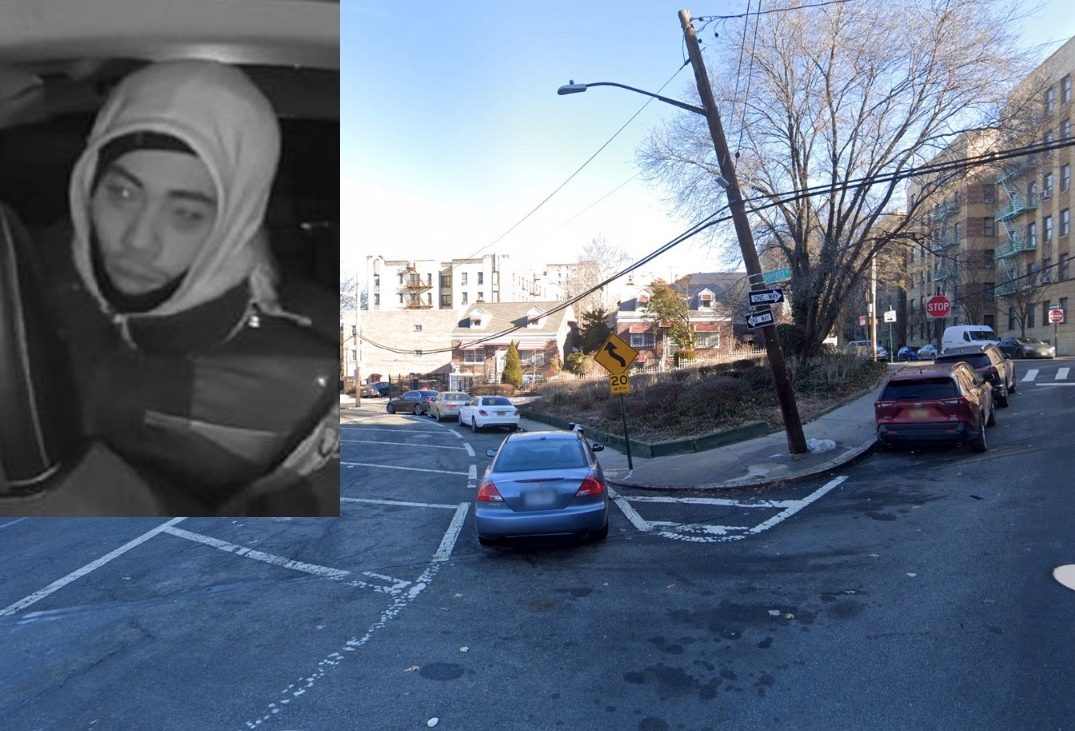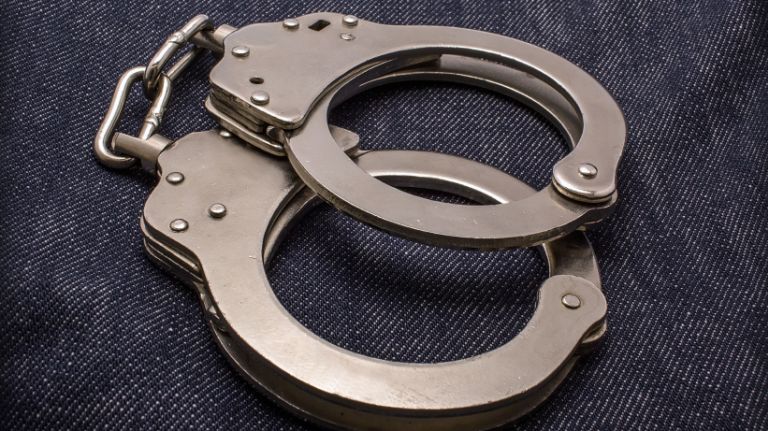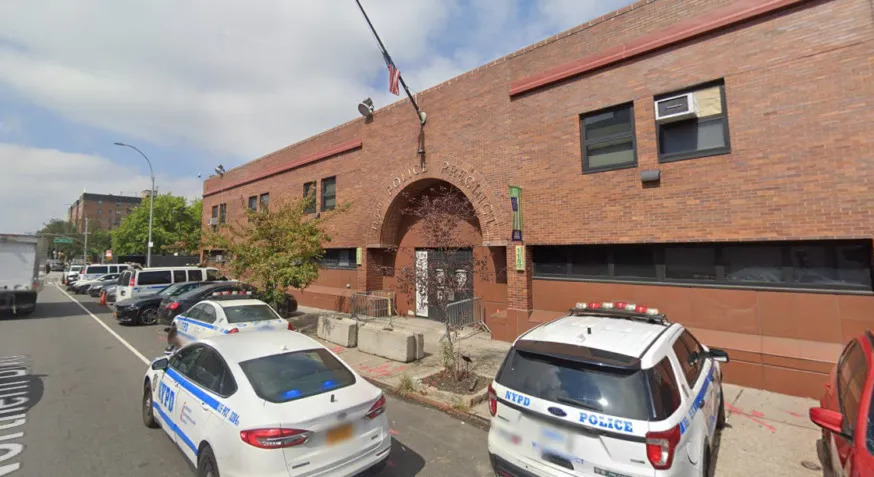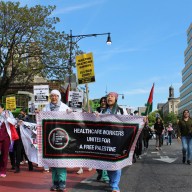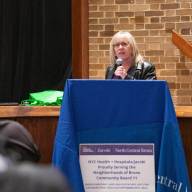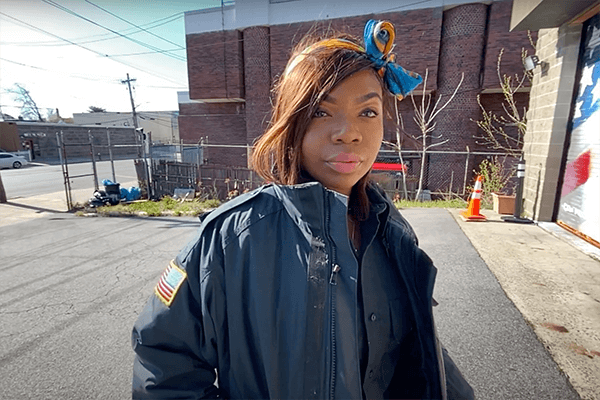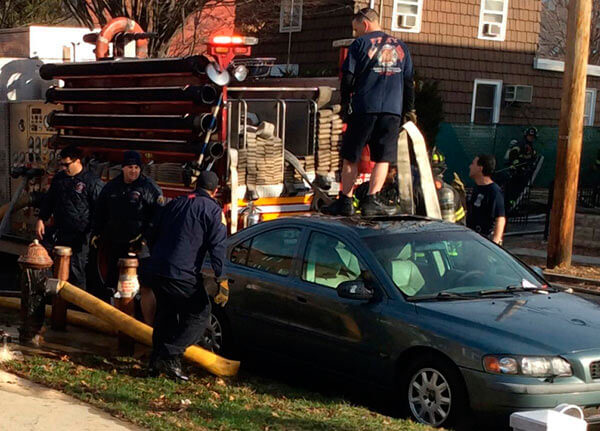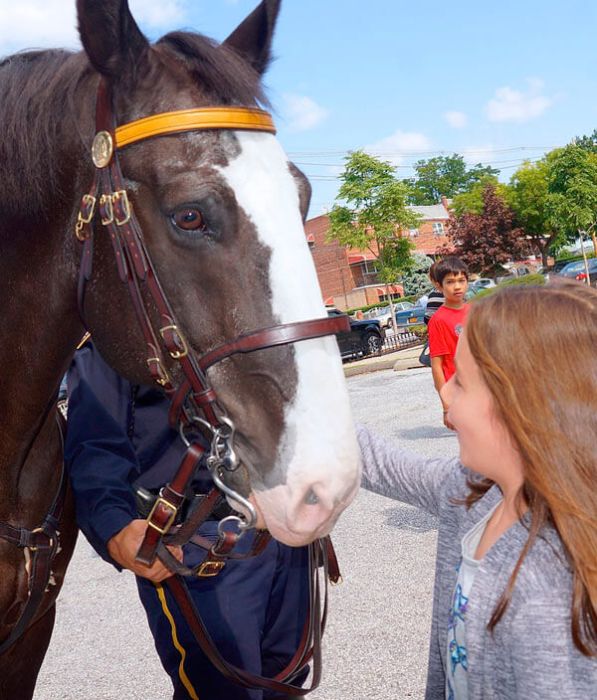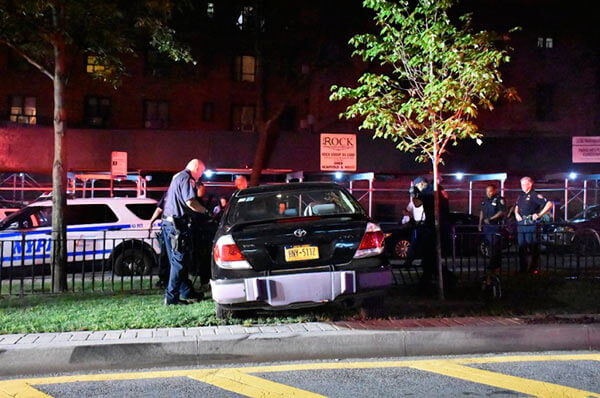Sitting in an otherwise quiet East Crotona neighborhood that hears the rumbling of incoming and outgoing 6 trains, Hunter Ambulance is always busy, always bustling and deploying as many as 40 of its ambulance trucks throughout the city to wherever needed each day by 10 a.m.
During the height of the COVID-19 pandemic, when most of the cityscapes were quiet, private company Hunter Ambulance was making as many as 190-200 medical transports a day. At the same time, New York City’s EMTs and paramedics were increasingly burned out, with more than 13% leaving their jobs.
“After 9/11, everybody wanted to be an EMT or a paramedic. They wanted to be a hero,” said Shannan Graves, director of operations at Hunter Ambulance. “After COVID, no one wants anything to do with this kind of work.”
In 2021, Hunter Ambulance became a solution for a workforce facing crisis-level staffing and attrition — among other concerns such as low pay and heightened instances of violence on the job — as its recently-implemented Earn While You Learn program paved a way for those wanting to become EMS professionals.
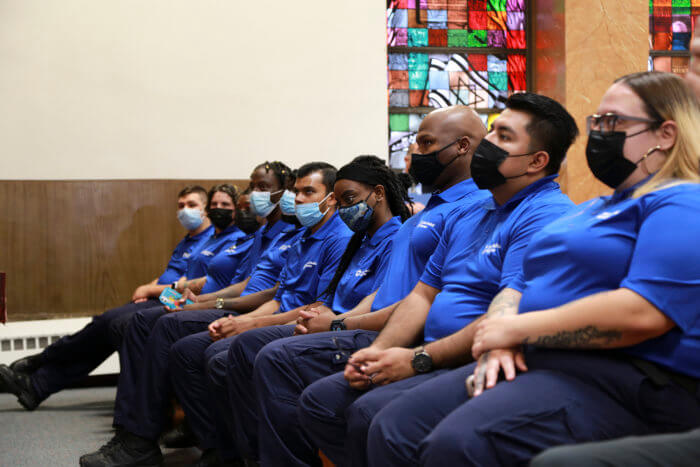
FDNY EMS has been in the throes of an employee retention crisis, with 50% of EMTs quitting after just three years on the job and 70% leaving for other jobs and careers by the fifth year, according to the Local 2507 union. During the pandemic, New York state EMT graduates and enrollees dropped by 30%.
Nationwide turnover rates — percentage of employees leaving within a certain period of time — for paramedics and EMTs increased in 2022 to 36% for EMTs and 27% for full-time paramedics, according to a 2022 American Ambulance Association survey.
Graves said she saw roughly 40 members of her staff depart during the pandemic, but feels Hunter Ambulance has set a standard — through the Earn While You Learn Program — that can rebuild the city’s paramedic workforce while inviting anyone interested in finding a pathway into the industry.
“We have people in the Earn While You Learn Program, being paid to go through paramedic school learning everything A-to-Z, books and all, so that we can grow our paramedic workforce,” said Graves. “We’re building our own paramedics. We don’t focus on how many credentials or licenses you don’t have, but how willing you are to serve patients and be a comforting face in time of need.”
Last April, the NYC program graduated over 100 EMTs.
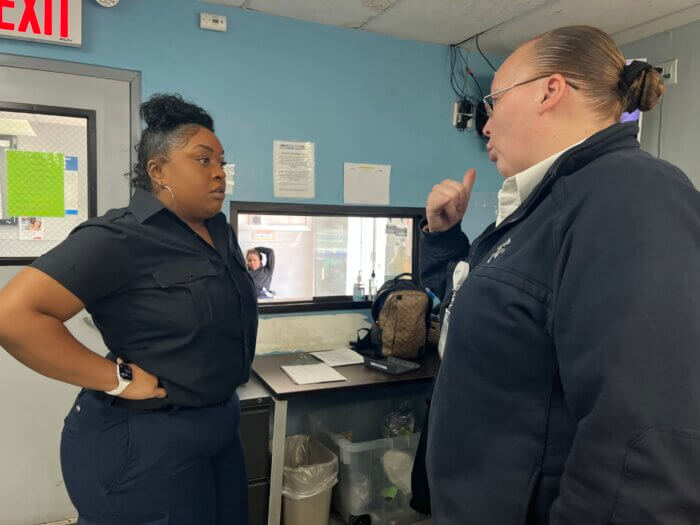
In three months, program participant Tiffany Miles, a South Bronx single mom, is set to take the state’s paramedic exam. Miles said she joined the program to increase the quality of first response care in her borough.
“I do notice that working in the communities that I grew up in, I can relate to them,” Miles said. “A lot of people may not know how or don’t feel comfortable to communicate their needs. But I try to put myself in their shoes and understand, that if it was me in this position or my mom in this position, how would I want to be treated?”
Notably, much of Hunter Ambulance’s leadership is helmed and staffed by women and women of color. That also has trickled down to a diverse group of first responders, motor vehicle operators and EMS hopefuls buzzing around the station house.
Studies show inequities in care proliferates for patients of color, with strokes overlooked in Black women, and Black children less likely to receive pain medications for long bone fractures.
Each ambulance ride out of Hunter’s Freeman Street lot is different. On a good day, some of the Hunter vehicles can get to downtown Manhattan or Queens in 37 minutes. Other times, shifts can extend into 16-hour marathons, missed dinners with family, and a warring clash between public service and private time.
Mayra Flores was a stranger to “the ambulance world” when she first started at Hunter Ambulance, but she wasn’t foreign to the need for accessible ambulatory services. Flores said she often needed ambulances to transport her daughter, who has sickle cell, to and fro appointments.
“In my world, you see an ambulance come, and your mind thinks that someone is hurt, and it’s a 911 call,” said Flores, an admin at Hunter Ambulance. “But that’s not all an ambulance is for. We have people who need ambulances to go their appointments, go for dialysis, to get home from the hospital when discharged because they can’t walk.”
Flores said it’s important for the public to only request an ambulance when it’s needed, citing a potential misuse of services and an expensive bill for those who call.
In May, ambulance trips will increase from $900 to $1,385 thanks to a hike proposed and approved by the FDNY in February. The department’s reasoning for the hike was concerns about inflation and increased salaries for EMS workers.
Reach Robbie Sequeira at rsequeira@schnepsmedia.com or (718) 260-4599. For more coverage, follow us on Twitter, Facebook and Instagram @bronxtimes






